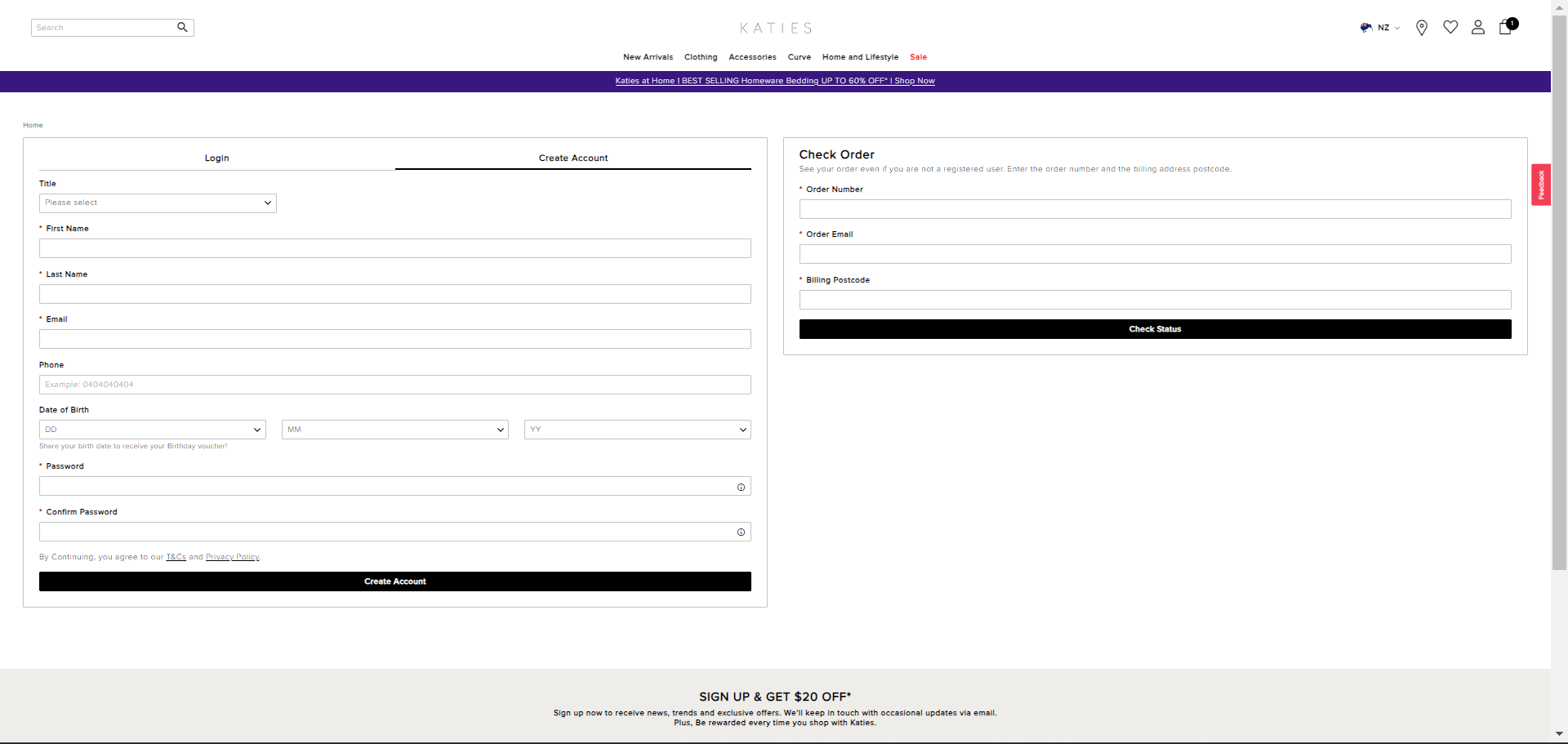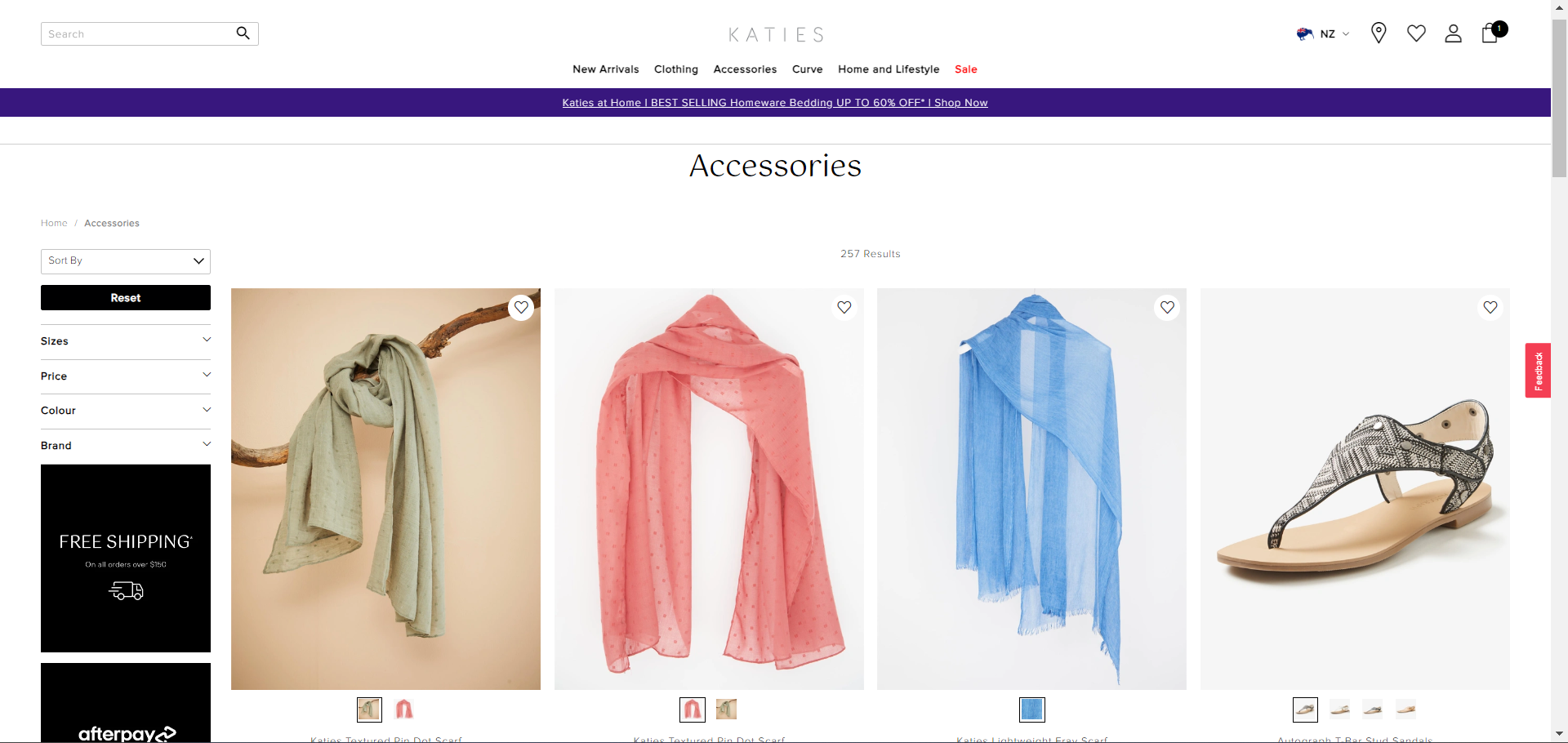
Case Study for Katies
Project Overview:
Katies is an e-commerce platform developed as a single-page application to offer a seamless online shopping experience for clothing. The platform provides users with the ability to browse through catalogs, search for products, and manage shopping carts efficiently. This case study highlights the use of modern frontend technologies to create an engaging, responsive, and user-friendly interface, making it an appealing project for recruiters looking for tech-savvy candidates.
Key Features:
- Category Browsing: Users can easily navigate through various clothing categories.
- Product Search: Allows users to search for products by name, ensuring a quick and efficient shopping experience.
- Add to Cart: Enables users to add desired items to their shopping cart.
- Cart Overview: Displays the items in the cart with their details and total price, facilitating easy checkout.
- Mobile Compatibility: Ensures the platform is fully functional on mobile devices, providing a consistent user experience across different screen sizes.
- Special Offers: Highlights ongoing promotions and discounts to attract and retain customers.
- Login/Signup: Provides secure user authentication and account management features.
- AJAX & JSON: Used for asynchronous data retrieval, ensuring real-time updates without page reloads.
Technologies Used:
- Angular: Component-based architecture for reusable UI elements, two-way data binding for real-time updates.
- HTML5: Semantic elements for better accessibility and multimedia support.
- CSS3: Flexbox and Grid for responsive design, media queries for different screen sizes, and transitions for smooth visual effects.
- Bootstrap: Pre-built components, grid system for layout, and extensive documentation.
- JavaScript: ES6+ syntax for cleaner and more efficient code, asynchronous programming with Promises and async/await.
- TypeScript: Static typing for enhanced code quality and maintainability.
- Adobe Photoshop & Invision: Advanced graphic design capabilities and interactive prototyping.
Benefits:
- Enhanced User Experience: The responsive design and intuitive interface provide a seamless shopping experience across all devices.
- Efficient Data Management: Real-time updates and secure data handling improve the platform's reliability and user trust.
- Higher Customer Satisfaction: The platform's robust features contribute to a higher satisfaction rate among users.
Conclusion:
The Katies e-commerce platform project exemplifies the effective use of modern frontend technologies to create a sophisticated, user-friendly, and responsive online shopping experience. By focusing on real-time data handling and user engagement, the project not only enhances customer satisfaction but also showcases the company's commitment to leveraging advanced technologies to deliver high-quality digital solutions.
Screens:

Login

Signup

Cart

New Arrivals

Sale

Accessories

Sale